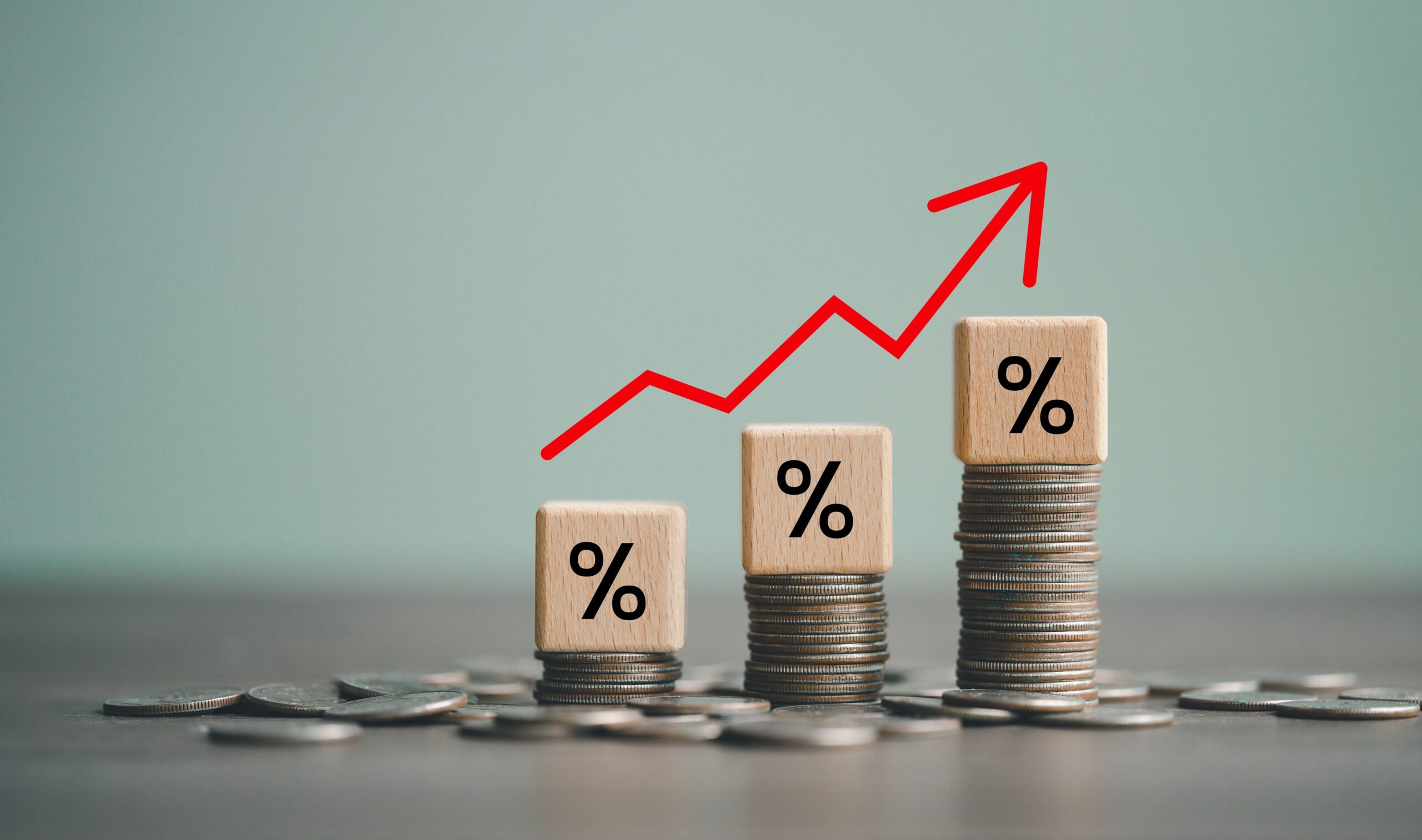A flurry of apprehension often surrounds the mention of a Fed rate hike, conjuring up images of increased loan interests and heavier credit burdens. But the scene isn’t as grim as it seems. The key to navigating these fiscal changes lies in preparedness and strategic financial planning. Let’s explore seven effective strategies that can help you not just weather the storm of a Fed rate hike, but capitalize on it.
Refinancing High-Interest Debts
Interest rates on credit cards and other types of variable-rate loans will rise following a Fed rate hike. Refinancing your debts can be an efficient way to manage this change. Consider consolidating your debts or switching to fixed-rate loans if possible. Fixed-rate loans offer predictability, enabling you to plan your finances better.
Rethinking Your Savings Strategy
While rate hikes might mean an uptick in the interest rates on loans, they also often translate to higher yields on savings. It’s an opportune time to review your savings strategy. Consider shifting some of your funds to high-yield savings accounts or certificates of deposit to maximize your returns.
Reevaluating Your Investment Portfolio
A rate hike may change the investment landscape. Bonds, in particular, tend to decrease in value when interest rates increase. As a proactive investor, reevaluating your portfolio to adjust for these changes is crucial. You may need to rebalance your investment portfolio, potentially moving towards assets less sensitive to interest rate changes.
Cutting Down on Variable-Rate Debts
Another direct impact of a Fed rate hike is an increase in the APR on your credit cards. It might be a good time to start cutting down on credit card usage and focusing more on paying off any outstanding balance. This will help you avoid accumulating debt that could become more expensive over time.
Boosting Your Emergency Fund
Rate hikes often lead to a more volatile economic climate. During such periods, having a robust emergency fund can be particularly beneficial. If you don’t have an emergency fund or if it’s not sufficient, consider making it a priority to fortify this financial safety net.
Exploring Real Estate Opportunities
Higher interest rates can sometimes cool off the real estate market, as increased mortgage rates make homes less affordable. If you’re in the market to buy a home, this could potentially create opportunities for negotiation and better deals.
Planning Major Purchases Strategically
If you have major purchases in mind that would require a loan, you might want to think strategically. It might be wise to fast-track those purchases before the rate hike hits or delay until you can comfortably accommodate the possible higher interest rates in your budget.
A Federal Reserve rate hike doesn’t have to signal financial doom and gloom. Instead, consider it as a nudge to reassess and realign your financial strategy. By capitalizing on the opportunities that a rate hike can present, and taking proactive steps to minimize the impact of higher rates, you can position yourself to not just withstand, but thrive, amidst the changes. Remember, the cornerstone of successful financial management lies in staying informed, being prepared, and adapting to the economic currents.

